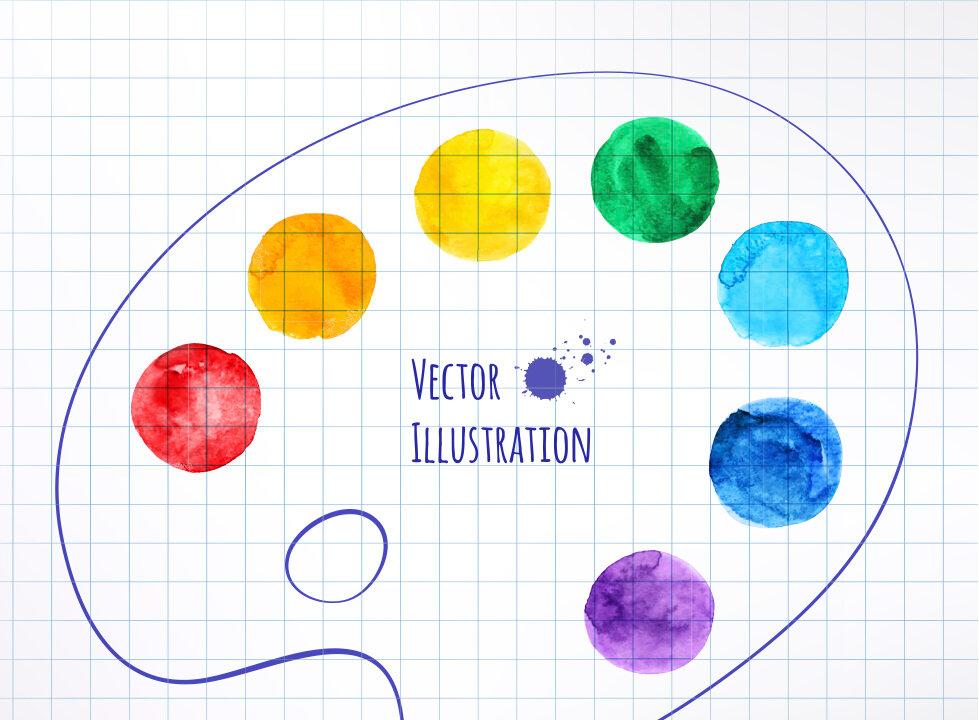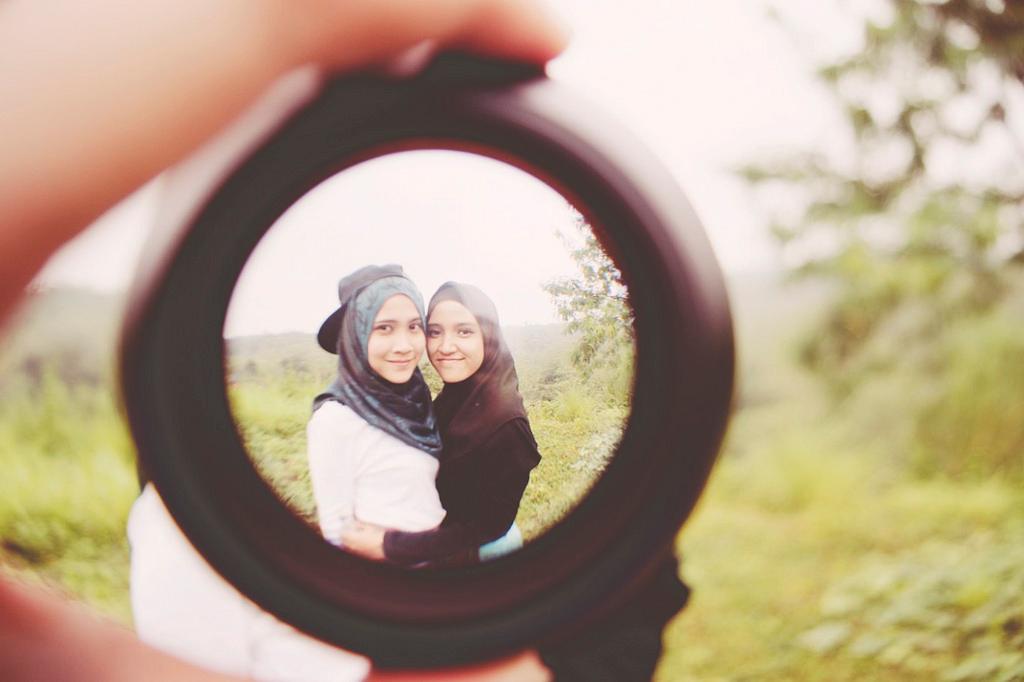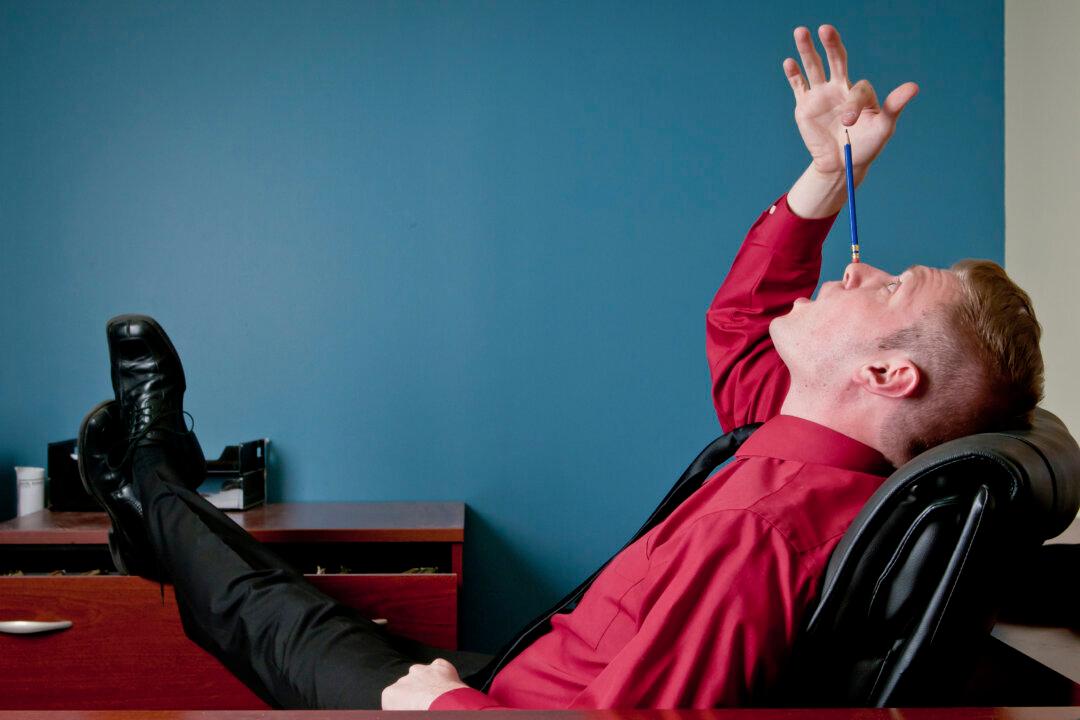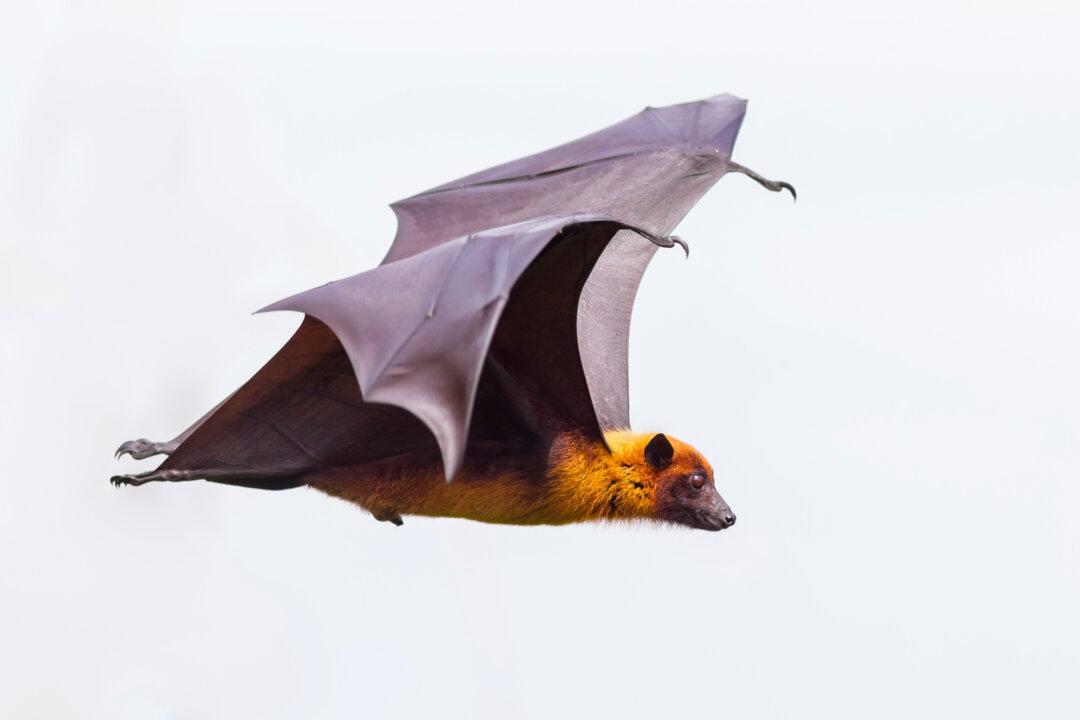Though we can easily tell colors apart side-by-side, we have trouble remembering specific shades because our brains tend to store color memories as one of just a few basic hues.
Led by Johns Hopkins University cognitive psychologist Jonathan Flombaum, a team of researchers is the first to demonstrate that people’s memories for color are biased in favor of “best” versions of basic colors over the colors they actually saw.
For example, there’s azure, there’s navy, there’s cobalt, and ultramarine. The human brain is sensitive to the differences between these hues—we can, after all, tell them apart when we see them together.
But when storing them in memory, people label all of these various colors as “blue,” the researchers find. The same thing goes for shades of green, pink, purple, etc. This is why, Flombaum says, someone would have trouble glancing at the color of his living room and then trying to match it at the paint store.
“Trying to pick out a color for touch-ups, I‘d end up making a mistake,” says Flombaum, an assistant professor of psychological and brain sciences. “This is because I’d misremember my wall as more prototypically blue. It could be a green as far as Sherwin-Williams is concerned, but I remember it as blue.”





